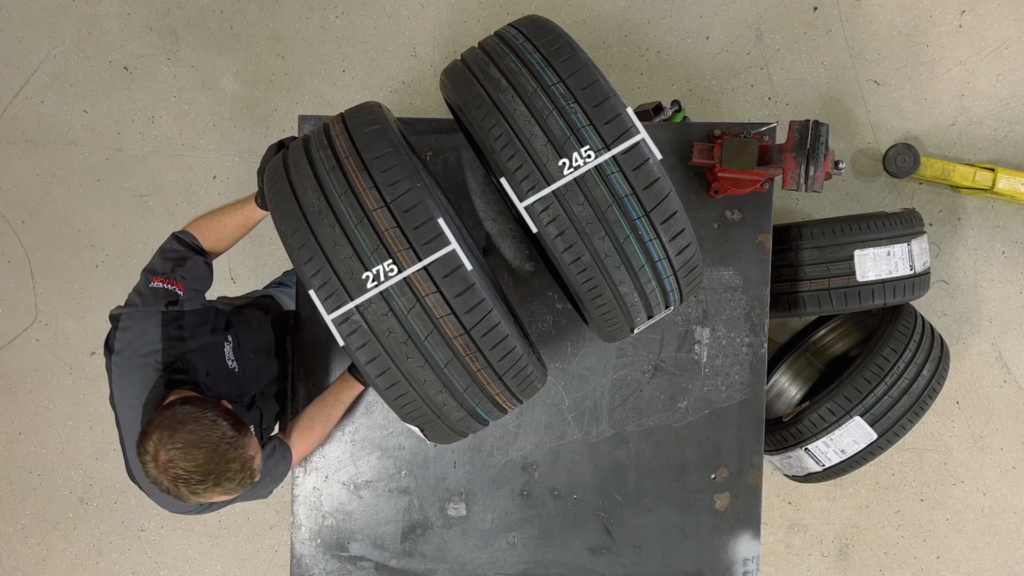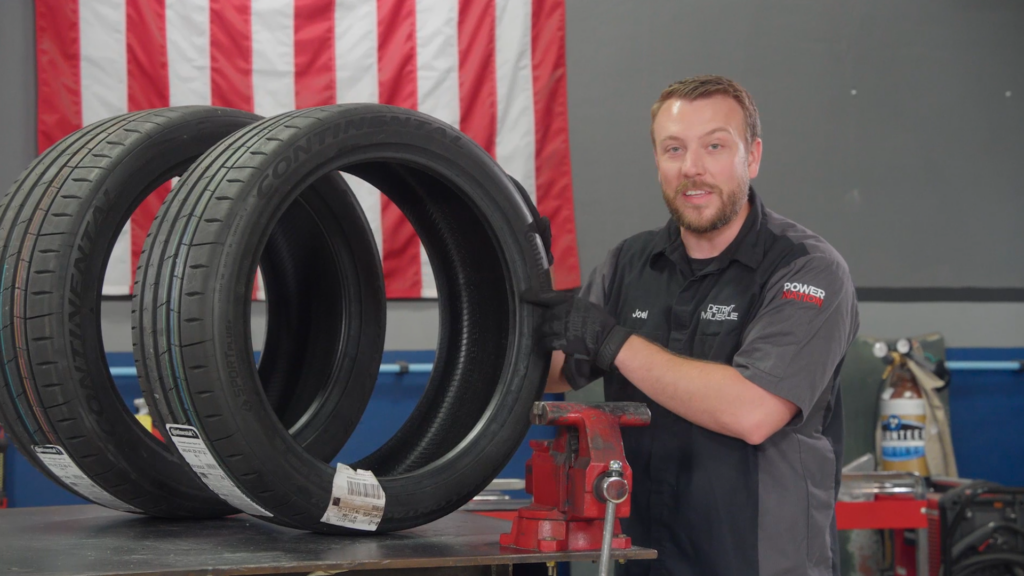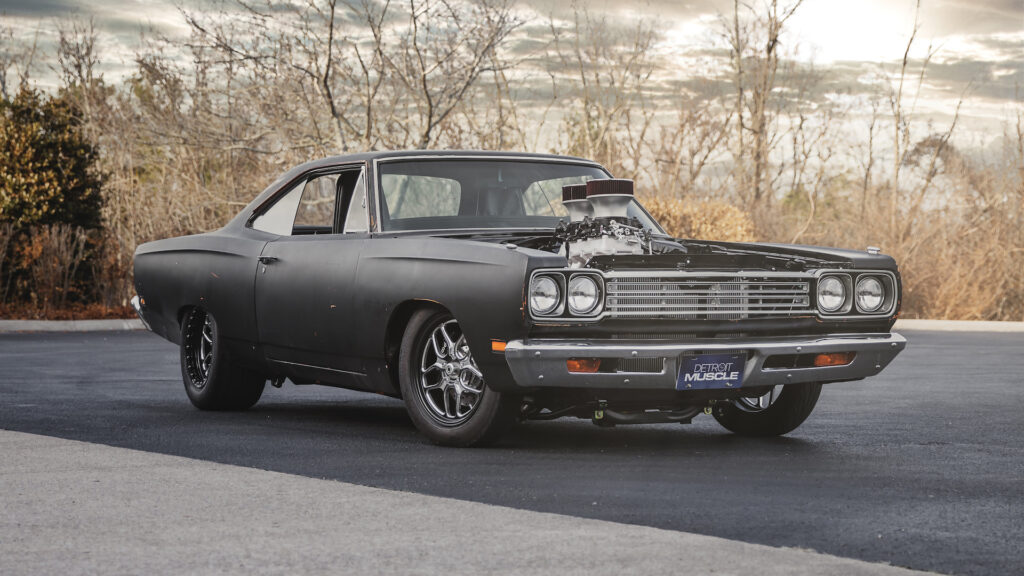Tires 101: Your Roadmap To The Perfect Set For Your Car

For some of you, you’ve been turning wrenches on cars since before you got your driver’s license. For others, you may have just started a couple of weeks ago. But no matter how experienced you are, going through the basics is always a sure way to solidify the foundation of your skills. So let’s go through the parts that dictate the very stance of your ride… the tires.
How Do I Find The Right Tires For Me?
Let’s use this tire as an example: 245/40 ZR 20 XL.
Section Width

When you’re out shopping for tires, most brands will have a series of letters and numbers stamped on the side wall and a peelable label. These are indicators of your tires’ physical and functional attributes. The letters will usually dictate the tread style, submodel, or even a speed rating. Meanwhile, the numbers will dictate the tire’s size by Section Width/Aspect Ratio.
245 refers to the Section Width of the tire, which is about average for most tires on the market. So the greater the value, the wider the tire. 40 refers to the tire’s aspect ratio or profile. This percentage represents the ratio of the sidewall’s section height to the width of the tire.
Aspect Ratio

The second pair of numbers (225/45R17) is the tire’s Aspect Ratio or Side Profile. This percentage represents the ratio of the sidewall’s section height to the tire’s section width. The section height can be calculated by multiplying the section width by the aspect ratio percentage. The answer will be the height of one sidewall. For example: 245mm x .40 = 98mm. This is the figure you want to look for when deciding on your ride’s stance. Tires with a greater aspect ratio will give your ride more of a hot rod look, while a smaller aspect ratio will have more of a rubber band look with your wheel/tire combo.
Tire Size

The final number to look for is the Tire Size (aka diameter). This will tell you what size wheel will fit it. Think of it as shoe shopping but for your car. Believe it or not, lots of people make the mistake of not checking the size of their wheels when purchasing a set of tires online or in person.
Let’s refer back to our demo tire as an example: 245/40 ZR 20 XL. Here, the tire size is 20, meaning that only a 20-inch wheel will fit it. So make sure you’ve got the right wheel size before ordering your set. Once you have this figured out, you’ll be one step closer to figuring out the stance to your ride!
What Does “Stance” Mean?

Your car’s stance refers to the way it sits depending on the wheel fitment, ride height, and types of tires used. Some cars like to keep it low to the ground and slightly squatted in the rear like our Fat Stack Caprice, giving the impression that this car is ready to launch at any time. Even when it is sitting stationary in park. Other cars like our ’69 Plymouth Road Runner (aka “Road Burner“) have more of a hot rod/dragstrip look thanks to its skinny tires in the front and giant steamroller tires in the back.
These days, a popular stance mod on mostly street cars is lowering the car to the point where the tires are angled inward, causing the car to drive more on the edges of the tires. Another is the lifted truck craze, in which truck owners will boost up their suspension systems a few inches while installing four extra-large wheels and tires. Your stance can say a lot about your car, so take time to think about what kind of message you want to send.









